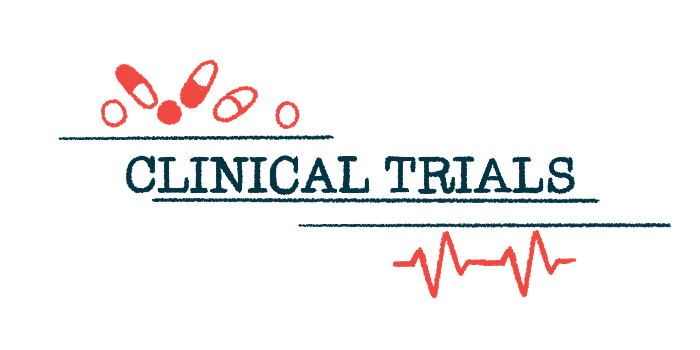EDIT-301 Therapy Shows Promise in 1st Patient Treated in RUBY Trial
Written by |

The gene editing therapy EDIT-301 appears to be working as intended in the first person with sickle cell disease (SCD) who received the experimental treatment, according to recent data from the Phase 1/2 RUBY clinical trial.
Editas Medicine, which is developing EDIT-301, also announced that the U.S. Food and Drug Administration (FDA) has removed a partial hold on the RUBY trial. The agency had previously authorized only the parts of the study designed to assess safety, but has now given the go-ahead for planned assessments of efficacy, too.
“It is an exciting time at Editas as we continue to build momentum for our EDIT-301 program,” Gilmore O’Neill, Editas president and CEO, said in a press release.
SCD is caused by mutations that impair the production of hemoglobin, the protein used by red blood cells to carry oxygen throughout the body. EDIT-301 aims to boost the production of fetal hemoglobin (HbF), an alternative version of the protein that is more efficient at carrying oxygen, but is normally produced only during early development.
EDIT-301 involves first collecting an individual’s hematopoietic stem cells — precursor cells that reside in the bone marrow, which give rise to red and other types of blood cells. These cells undergo genetic editing to increase HbF production, then they are transplanted back into the patient.
RUBY (NCT04853576) is an open-label clinical trial testing the safety and effectiveness of EDIT-301 in adults ages 18 to 50 who have severe SCD. The study began recruiting patients last year and is enrolling up to 40 participants at several locations in the U.S. and Canada.
The gene editing system used in EDIT-301 uses a proprietary enzyme developed by Editas called AsCas12a. The company noted that this is the first time the system has been used to for genetic editing of human cells in a clinical trial.
According to Editas, the first patient dosed in the RUBY clinical trial has shown signs of engraftment, basically meaning that the engineered stem cells appear to be surviving in the patient and producing new blood cells as intended.
This was specifically determined via analyses of the patient’s neutrophils (a type of immune cell) and platelets (blood cell fragments involved in clotting).
“Dosing and successful engraftment of the first patient coupled with the FDA’s removal of the partial clinical hold on the RUBY trial are important steps toward our goal of bringing this new and promising treatment to people living with sickle cell disease,” O’Neill said.






